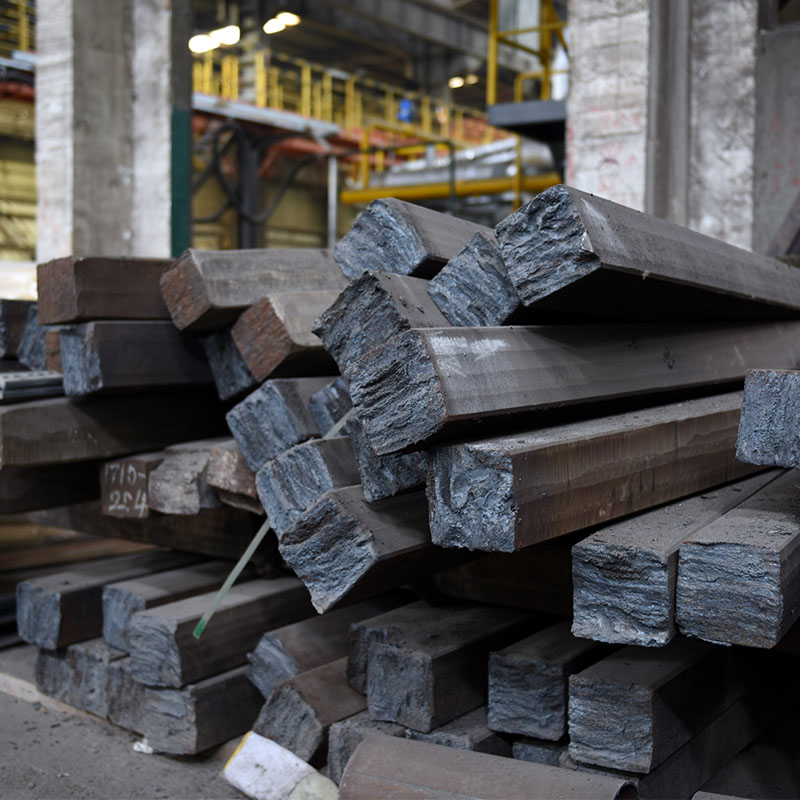
alloy
Alloy
Alloy is a material obtained by connecting two or more metals, or metals and non -metals. Imagine how from different building blocks - various metals - you can create a completely new, unique structure - alloy that has new properties. This is not just mixing, but a chemical interaction leading to the formation of a completely new substance with new characteristics.
A variety of alloys
There are a huge number of alloys, each of which has its own set of useful qualities. For example, steel is an alloy of iron with carbon, which gives it strength and hardness. Aluminum alloys, in turn, are light and durable, therefore they are widely used in aircraft industry and automotive industry. Copper, rafted with zinc, forms a brass, known for its beautiful golden color and good surgery. Each alloy is unique, like people, and has its own advantages.
Useful properties of alloys
The key advantage of alloys is the ability to manage their properties. By mixing different metals, you can adjust such characteristics as strength, corrosion resistance, plasticity, electrical conductivity and many others. This allows you to select a material that is ideal for specific use. For example, the addition of nickel to stainless steel increases its resistance to corrosion, making it suitable for use in aggressive media. And the ease of aluminum alloys allows you to create more economical and effective constructions. Thus, alloys are a tool that allows engineers and designers to create innovative solutions for a variety of tasks.
Conclusion
Alloy is an example of how the unification of different elements can create something new and useful. From durable steels to light aluminum alloys - they play a huge role in our daily life, providing us with reliable materials for various applications. The study and development of new alloys is a continuous process that allows you to create increasingly advanced and innovative solutions for the future.
AppropriateProducts
Corresponding products
The best soldproducts
The best -selling products-
 (Super) High -strength steel A100
(Super) High -strength steel A100 -
 Austenitic stainless steel n08367
Austenitic stainless steel n08367 -
 Superfisted stainless steel 316L-uhp-a
Superfisted stainless steel 316L-uhp-a -
 Alloy Incola 825 (N08825)
Alloy Incola 825 (N08825) -
 High -temperature bearing steel G102CR18MO (9CR18MO)
High -temperature bearing steel G102CR18MO (9CR18MO) -
 Dispersion-hardening stainless steel 630 (17-4ph)
Dispersion-hardening stainless steel 630 (17-4ph) -
 Alloy Monel 400 (N04400)
Alloy Monel 400 (N04400) -
 Duplex steel 2205 (F60)
Duplex steel 2205 (F60) -
 Alloy Inconel 625 (N06625)
Alloy Inconel 625 (N06625) -
 HH4169 frying alloy (in718)
HH4169 frying alloy (in718) -
 Histella alloy C-276 (N10276)
Histella alloy C-276 (N10276)
Connectedsearch
Related search- Buy a Khastella C4 factory
- Duplex steel suppliers 31803
- Manufacturers who buy SUS316L-B
- Factories who buy Hastella S-22
- Chinese manufacturers of nickel alloys
- Chinese factories for the production
- Suppliers of the Histella alloy
- Buy a plant of high -strength alloy steel A100
- Incolonel suppliers
- Chinese suppliers of InConel powder 625





